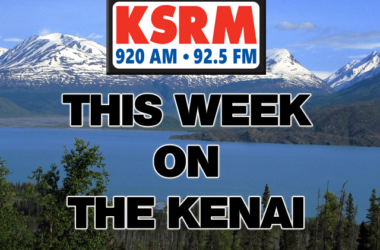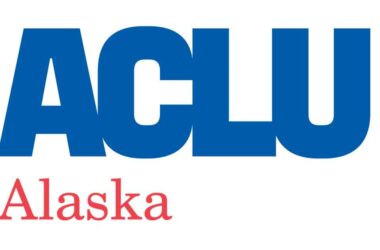Alaska’s long-awaited examination of state employee pay shows that most state jobs are below market levels, which might explain why employee vacancies remain high.
The Alaska Legislature commissioned Segal to study more than 7,300 state employees in 404 job classifications for pay evaluation. The state conducted its first comprehensive compensation review since 2009, which was expected to appear in mid-2024. The Department of Administration released the study to the public this week after delays and publication controversies.
The research evaluated Alaska state pay by comparing it against public and private employers through 65th and 50th percentile equivalent job pay benchmarks. The two benchmarks used in this study show the 65th percentile exceeds the pay levels of 35% of comparable employers while the 50th percentile surpasses 50% of comparable employers.
The average midpoint salaries for Alaska were found to be 91% of the benchmark when measured against the 65th percentile, which functions as the state’s official compensation target. A total of 36 occupation groups showed their pay rates below the benchmark, with four exceptions, while 31 groups failed to meet the standard.
Biological science jobs demonstrated the poorest competitiveness since their pay rates ranged from 85% to 93% compared to the 65th percentile standard. Salary ranges for executive and senior administrator positions stood at 88% to 90% of benchmark values. The pay levels for craftwork and labor positions, along with public safety roles including police, firefighters, and corrections personnel, reached 96% to 103% of benchmark levels.
The research analysis utilized the 50th percentile standard to evaluate compensation. The survey shows Alaska’s salaries perform better at the lower 50th percentile standard because they reach 96% of the national midpoint. Eleven job groups surpassed the benchmark, 21 groups fell below it, and three groups matched the benchmark level.
The study results produced by state officials triggered alarm despite their minimal improvement at the lower benchmark level. The Department of Administration released a statement with the study indicating that some occupations have competitive pay, but multiple positions demonstrate substantial compensation gaps. According to the report, Alaska faces two major issues: an outdated classification system and an overly complex pay structure.
The state maintains more than 250 separate salary ranges, which are divided into 12 bargaining units. According to Segal’s research, Alaska’s pay system is complex, creating inconsistent compensation levels and wage compression and reducing the ability to modify salaries according to changing labor market conditions.
The Department of Administration confirmed these issues by describing the system as “administratively burdensome” and limited in its ability to stay competitive. The research proposes significant changes to classification management, periodic salary range, and job definition assessments.
The study produces important political effects. Some union leaders and lawmakers have long maintained that poor wages create high vacancy rates, which now exceed 16% statewide. They blame Governor Mike Dunleavy’s administration for delaying the report’s release to reduce labor bargaining strength.
The Alaska State Employees Association filed a lawsuit in February to obtain the complete study after it filed the legal action. Following legislative pressure, the House State Affairs Committee passed a resolution demanding better transparency.
Segal clarified in its executive summary that the research does not determine particular compensation amounts or recommend immediate salary schedule modifications. The report supplies data-based information that will help decision-makers make better choices regarding employee compensation.






